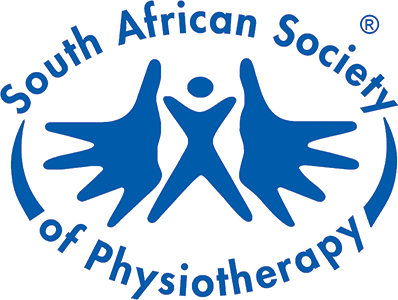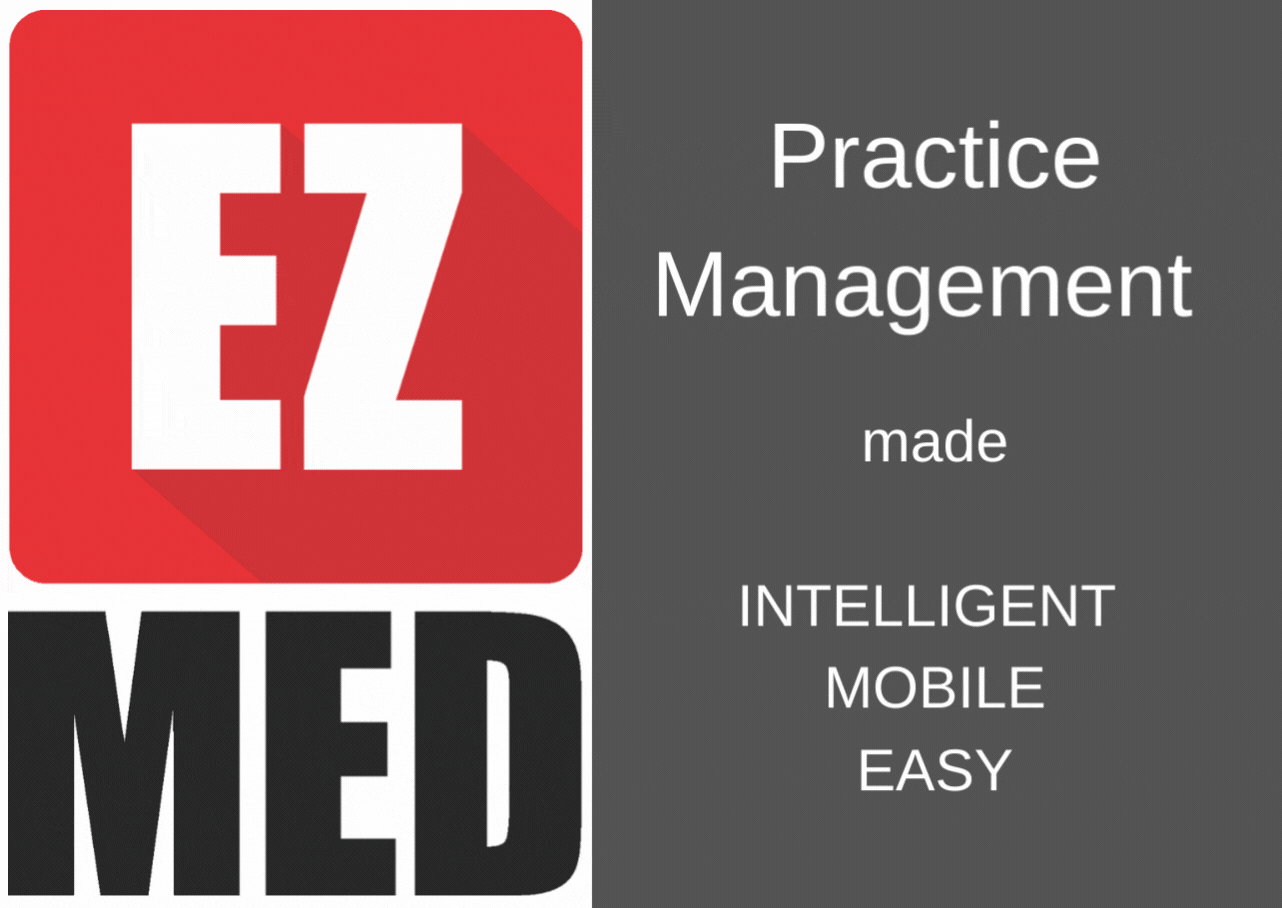
Happy Mother’s Day!
This is the day to celebrate the amazing joy your children bring you. It’s also a day to reflect on the way they pummel and hammer and hurt your body. Things your physiotherapist would like to tell you that may help you:
I sing the body electric
Your body is a miracle in which a new human is formed – and that can take its toll. If you’re planning to fall pregnant, there’s a lot you can do to prepare. “A fit and flexible body is going to handle the process of pregnancy and giving birth much better,” says Tarryn Graham, a physiotherapist and member of the Women’s Health Group of the South African Society of Physiotherapy.
It’s especially important to prepare your pelvic floor muscles, the muscles extending from the pubic bone in front to the coccyx in the back, that cradle the baby from beneath during pregnancy, and play a crucial role in guiding the little body out at the end.
Your physiotherapist can teach you how to locate and strengthen your pelvic floor muscles.
Love lifts us up…
… well, it’s mom who lifts us up, really. Motherhood means LOTS of lifting, and that often translates into pain, in the back, neck, shoulders and even wrists. “When you’re lifting a baby, curve your one hand under the baby’s bottom and use the other forearm to support the baby’s body,” advises Tarryn.
Don’t:
• Don’t lift anything heavier than your baby for the first six to eight weeks after birth! (All your ligaments are looser due to the presence of pregnancy hormones; this can last for 3-6 months after delivery).
• Don’t lift your baby under the armpits – this can hurt your thumbs and wrists. Don’t carry your baby in the car seat – they’re not designed for this, you’re endangering your wrists and it’s simply too much weight to carry for a body recovering from pregnancy and birth.
• Don’t lift a baby while holding the baby away from your body – try to bring the body close to your chest, to avoid hurting your back.
Do:
• Wear comfortable low-heeled shoes.
• Keep your back straight while lifting, and use the power of your leg muscles to lift.
• Tighten your stomach muscles while lifting.
• Avoid twisting when you are lifting.
Troubled waters
Mothers may experience fallout from their pregnancies and births long after their children are grown. Pelvic floor muscles that were never given much conditioning in the first place, or may have taken a pounding from stressful or frequent pregnancies, can result in urinary incontinence – a tendency to leak urine which can be distressing. (No-one knows exactly what the incidence of incontinence is in South Africa, but it is somewhere between one in ten and one in two women over a lifetime.)
These factors, and the weakening of pelvic floor muscles with age, can also lead to an uncomfortable condition called prolapse – think internal organs, think of a collapsing building after an implosion… you’re on roughly the right track!
Who you gonna call? Your physiotherapist! Physiotherapists with training in physical issues affecting women in particular can teach you exercises to tighten the all-important pelvic floor and related muscles – exercise that are easy to do and that could save you, not just embarrassment, but also the risk of a surgical procedure.
Back






